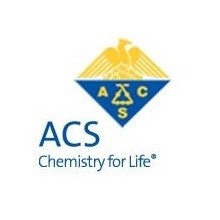
دانلود مقاله کاهش الکتروشیمیایی CO2 در نانوفوم های مس
Abstract
We report the electrochemical reduction of CO2 at copper foams with hierarchical porosity. We show that both the distribution of products formed from this reaction and their faradaic efficiencies differ significantly from those obtained at smooth electropolished copper electrodes. We attribute these differences to be due to high surface roughness, hierarchical porosity, and confinement of reactive species. We provide preliminary evidence in support of these claims.
Introduction
Electrochemical reduction of CO2 has been investigated at a variety of metallic electrodes, and a number of reports and reviews have been published on this subject. Among the metals studied, copper generates significant quantities of hydrocarbons such as methane and ethylene in aqueous media. Hori et al. conducted extensive studies on the electrochemical reduction of CO2 and CO at copper electrodes and concluded that the product distribution reflected a sensitivity of adsorbed hydrogen species to the underlying structure of the copper electrode and that “surface roughening likely introduced surface defects such as steps and vacancies that are favorable for reaction of adsorbed hydrogen atoms”. Several other groups have reported on the electrochemical reduction of CO2 at copper electrodes in aqueous and nonaqueous media with various supporting electrolytes. Nanoparticulate and nanoporous electrode surfaces of copper and other metals have been used to study effects of particle size and porosity. Norskov et al. studied copper electrodes with three different morphologies (electropolished, sputter coated, and nanoparticle coated) for their selectivity toward CO2 reduction. They found that the latter two morphologies were more selective toward hydrocarbon generation and attributed this effect to the greater abundance of uncoordinated sites. DFT calculations further suggested that these sites are the most likely sites involved in CO2 activation and reduction. Other computational studies have been performed to explain the catalytic behavior and selectivity of copper toward CO2 reduction.
